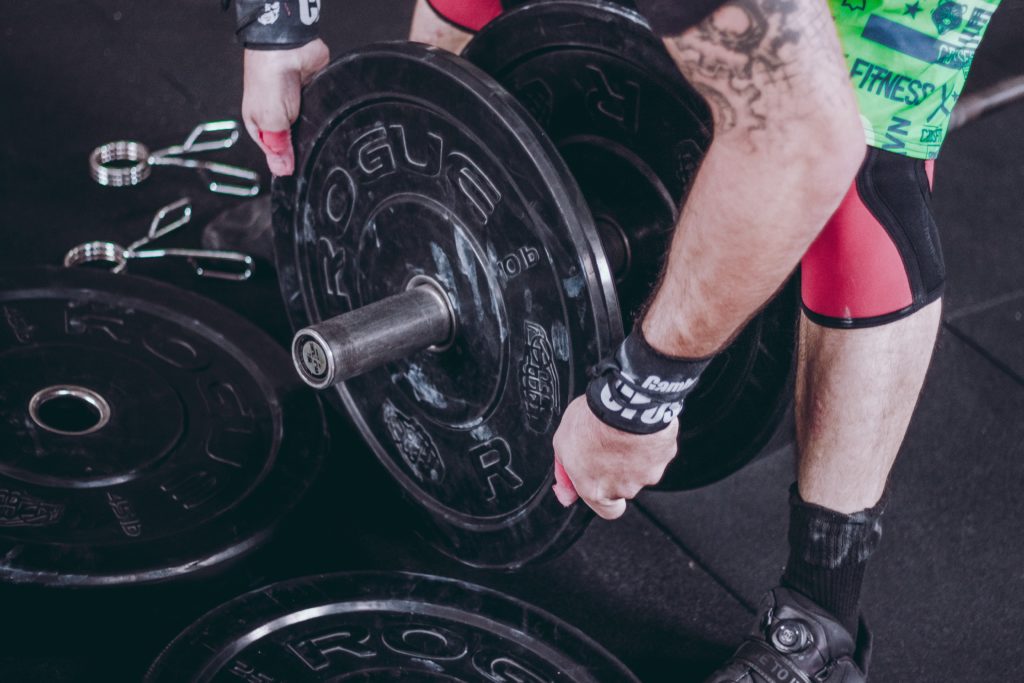Lifting Straps: Should Athletes Use Them to Lift?
When lifting gets heavy, athletes often ask themselves the question: “Should I get lifting straps to help with my grip?” In this blog post, we’ll explain why you shouldn’t be using lifting straps and our reasons why.
As a former Division 1 student-athlete at the College of William & Mary, our strength coaches put us through various lifting cycles. The ones I remember the most were our heavy lifting cycles. The ones you’d wake up the next morning and barely even be able to walk around campus.
Possibly the most grueling part of max week was missing a major personal record by missing a catch in the clean, or not sticking a deep squat at the bottom of a snatch. Being that close to a personal record was brutal, but missing it because of poor grip was an even worse feeling.
Why Purchasing Lifting Straps is a Poor Decision & A Waste of Money
At some point, I started to ask myself the question: “Should I purchase lifting straps to help with my grip?” Long story short – I did not end up purchasing them. Anyone who is telling you to buy these products is probably just trying to make a quick buck off of you. Let me be clear, you don’t need it. The only thing they’re trying to do is get a sale. In conclusion, think about it like the the following examples:
- Do you need a protein supplement to get jacked? No. Just identify your goal and setup the correct macronutrients to hit your ideal weight.
- Do you need to have a treadmill in your house to become a better runner? No. The best thing you can do is go outside for a jog (because it’s free) and will offer you variable training.
If you add a few forearm/grip workouts into your regular routine, you’ll be in the clear. As with anything the more practice you have, the better off you will be.

First of all, instead of buying straps that could possibly help you, focus on developing stronger grip. As a result, one thing I did to quickly improve my grip was to hold a 16 pound shot put for as long as I could after every shot put practice. I did that for like 3 sets or so, and eventually moved on to plates.
RELATED: (If you’re a shot putter, check out our Wrist Wrap for Shot Put: Necessary or Placebo post). A wrist wrap is a necessity for shot putters. You can check out our post to learn more.
The Science Behind Lifting Straps
Another reason to not invest into lifting straps is because of the science. There have been studies that have shown that these products don’t even “promote beneficial effect in the 1RM… and muscle activation”. The problem with this source is that they tested several athletes on the lat pulldown. First of all, if you’re using lifting straps for the lat pulldown, you probably shouldn’t be using them at all.
Another study that we looked into measured how many reps of deadlifts athletes could do with lifting straps. This study found that the athletes with the straps resulted in lower speed, greater force and duration when compared to the control team. Therefore, while it does allow you lift heavier, you can’t tell what type of risk it adds as well. If your body cannot naturally lift that weight, shouldn’t that tell you something? Shouldn’t that tell you that you need to develop your weaknesses more and stop relying on supplemental equipment to compensate?
Bottom line: Lifting straps may increase the amount of weight that you pull, but in our opinion, it is not worth the investment due to the increased risk of injury.
